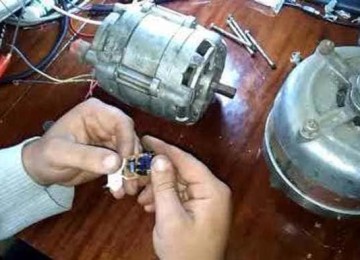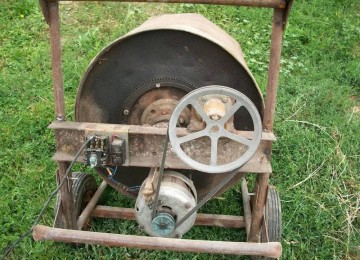 A router is a necessary tool for professional work with wood or wood flooring. The cost of a high-quality router is no less than 3000, and for a one-time use this is too much. Therefore, if your hands grow from the right place, and you also have an old washing machine, you can make a router from a washing machine motor. The work will not take much time, but requires attention and caution.
A router is a necessary tool for professional work with wood or wood flooring. The cost of a high-quality router is no less than 3000, and for a one-time use this is too much. Therefore, if your hands grow from the right place, and you also have an old washing machine, you can make a router from a washing machine motor. The work will not take much time, but requires attention and caution.
Advantages and disadvantages of homemade products
Of course, a homemade device will not be able to outshine a professional machine, but it will be able to complete a small, rough product. Despite this, the manual router from the washing machine has some other features.
Pros:
- Low cost. Due to the fact that most of the materials can be obtained at home, the cost of a homemade unit is much less.
- Work with various surfaces. Today, the device can work not only with wood, but also with metal. A different thread is used for this, but the tool is the same.
- Easy to assemble. The work is not very difficult, and you can assemble the milling machine within two hours.
Minuses:
- Low engine speed. Due to the fact that the washing machine uses not very powerful motors, the router based on the washing machine motor will work slowly.
- Unreliable design.Since the machine is made from scrap materials, it will not last long.
How to make a router
You can make a router from an automatic washing machine in several ways, depending on the availability of certain parts.
Method 1
What you will need
To make a homemade router, you need to find all the “ingredients”, make accurate calculations, assemble and firmly secure the structure. Need to:
- Motor from a washing machine. It is clear that it will be the “heart” of the device. You can use a commutator or asynchronous motor. We carefully remove it from the washing machine and clean it.
- Thick plywood, laminated particleboard. If your budget allows, you can use durable plastic.
- Special adapter for the motor. This part must be ordered from a turner.
- Two metal pipes.
- Threaded stud.
- Drill and screws.
- Hacksaw for metal.
- Rubber swivel wheel.
- Metal corners.
- Foam tape.
- Meter tape.
- Insulating tape.
- Pliers, screwdrivers and scissors.
Stages of work

Assembling a homemade router requires care. All work, except for checking the engine, is carried out in the off state.
- First comes get the motor, thoroughly clean it from traces of oxidation or dust.
- Next, we connect the engine to the network and check its functionality.
- We are assembling a machine for the future milling cutter. The dimensions of the device depend on the available engine. It is worth finding boards of the required area for these dimensions or cutting off the excess by measuring the motor.
- We build something like a three-walled table or box. It should be three times higher than the motor, and the bottom should be raised 6-8 cm from the floor.
- We make a hole in the cover for engine play.
- We secure the box firmly with metal corners and screws.
- Assembling the router. We attach the collet for clamping to the motor shaft using a special adapter.
- We install a nut on the bottom of the machine, and mount two metal pipes on the rear wall. They will be used as racks.
- We install the threaded stud so that one end fits into the nut and the other rests against the engine.
- We mount a wheel into the device for convenience, as well as several springs to lift the motor.
- If necessary, connect to the sensor and cover all wires with electrical tape.
- To protect the engine from dust, it is necessary to cover it with a piece of foam rubber.
We connect and check the work.
Method 2
Spare parts
To make a milling machine with your own hands, you need the following materials:
- Washer motor.
- Front shock absorbers from VAZ or Zhiguli.
- Drill spare parts: chuck, start button. To ensure that the cartridge does not fly off the motor, you can use a collet part rather than a drill part. It will be more stable.
- Metal plate.
- Screws.
- Threaded stud.
- Lamb from the mixer.
- Welder.
- Screwdriver.
- Pliers.
- Hammer.
- Wire cutters.
- Screwdriver Set.
Stages of work
During assembly, safety precautions must be observed.

- First you need to remove the engine. We thoroughly clean it of oxide or dirt.
- Next, you need to check the performance of the motor.
All other work is carried out only with the engine turned off.
- While the washer motor is turned on, you need to grind the pulley on the motor shaft to the desired size.This is done in order to put the drill chuck for clamping the router onto the motor shaft.
- You also need to make a hole in the cartridge itself using a drill.
- Next you need to prepare the shock absorbers for work. It is necessary to use pliers to cut off unnecessary parts from the devices, remove any remaining oil and drill holes in them for fastening. Shock absorbers are used as guides.
- Then we attach the struts to the engine using a drill, screws and wire.
- Next, use a grinder to cut out a metal plate of the required size.
- The shock absorber rods need to be welded to the board for greater durability.
- If desired, you can add a little protection to the unit. In order not to lose the drill cartridge if it flies off the motor shaft, you can make and install a protective casing into the device.
A handmade wood router can be supplemented with some details and made into a turning and milling machine.
Care must be taken when working with a hand router. The workpiece may be pulled out due to sudden jerks or strong vibration. Do not remove a layer deeper than 3 mm.
In addition, from a used washing machine you can also construct:
- lawnmower,

- grass cutter,
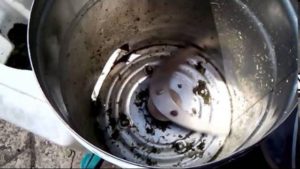
- electric bike,
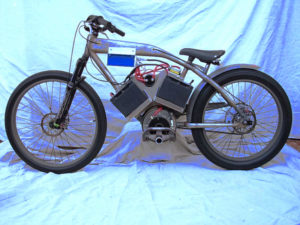
- honey extractor,
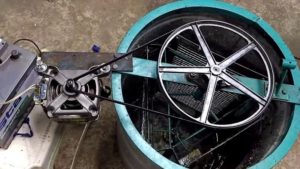
- Potter's wheel,
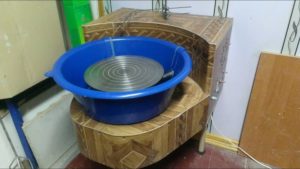
- wood splitter,

- concrete mixer,
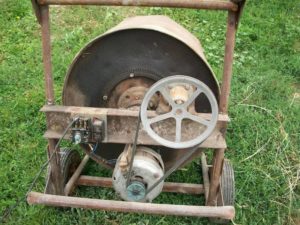
- irrigation pump,

- lathe,
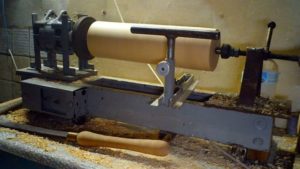
- juicer,
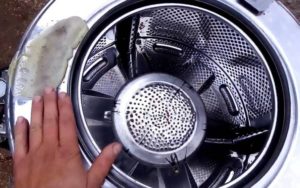


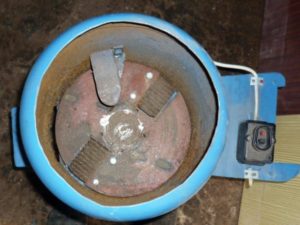



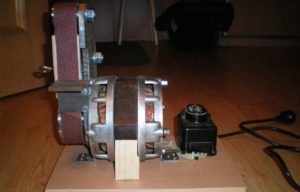

- circular
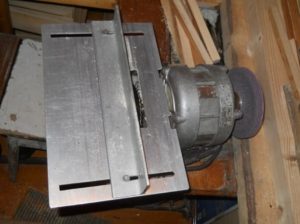
- and much more.







